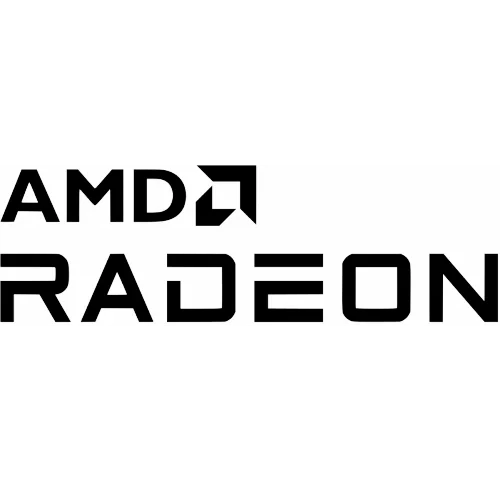The State Of Open-Source Radeon Driver Features

Per this post by AMD's John Bridgman:
* Video Decode (XvMC/VDPAU/VA-API) on the 3D engine -- Christian and others put a lot of work into this and concluded that it wasn't likely to work particularly well for H.264 using the graphics pipeline. Christian thought that compute shaders (with their lower overhead) might be a sufficient improvement but at the time the compute infrastructure wasn't in place. Short term focus is on investigating whether we can expose UVD support (internal), and building up compute infrastructure via OpenCL efforts below.Bridgman additionally wrote:
* Video Decode (XvMC/VDPAU/VA-API) on UVD - see above
* Hybrid Graphics - lots of work on this over the last year, mostly by airlied
* Stippled Primitives - don't think anyone is looking at this, or if there is much use outside of a few workstation apps
* Smooth Primitives - ditto
* Tessellation Shader Stages - believe this is GL4 functionality so would probably get looked at after 3.3 is done
* Geometry Shaders - this is GL3.2 so "it's number just came up" -- article in the last few days about work on this by airlied
* Hyper-Z - lots of work on this over the last year but don't think it's ready to turn on by default yet
* CrossFire (multi-card) - don't think anyone is looking at this -- improving performance of single card 3D is generally felt to be better use of time
* Compute (OpenCL) - lots of work on this over the last year by tstellard and a some community developers
One or the other of the Video Decode features may be "nice to have" or "must have" for media playback depending on the codec used (some codecs are not supported by UVD anyways), resolution of the video (lower res videos are easier to play without decode acceleration), and whether your machine has enough CPU/GPU power to play it acceptably without decode acceleration.Now join the discussion about the feature completeness of the open-source AMD Linux graphics drivers.
Hybrid Graphics support is important if you bought a laptop that uses hybrid graphics (typically an IGP and GPU together), not used otherwise.
HyperZ is interesting because once all the quirks are figured out it has the potential to add maybe 10% improvement in 3D gaming performance, which is definitely nice.
The rest are probably not important to most people for everyday use.
Note that even if a GL level or GL feature is not needed today it probably will be needed for some game at some point in the future so worth working on today anyways.
In case it helps, the most requested additions seem to be (a) improved power management (current PM implementation depends on having fairly complete power tables in the VBIOS and increasingly that is not the case), (b) video decode acceleration for HTPC-type applications, (c) improved OpenCL support.
223 Comments

